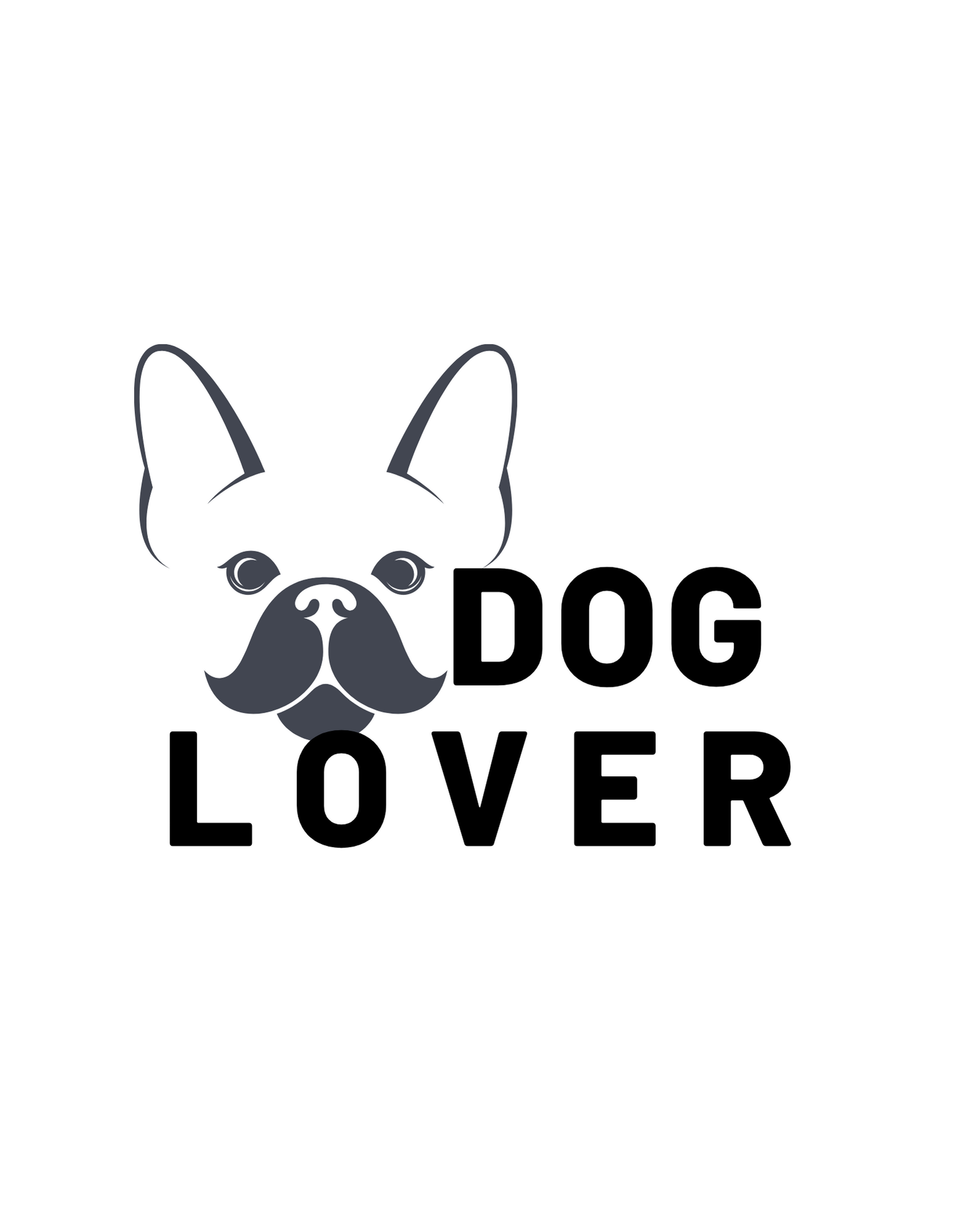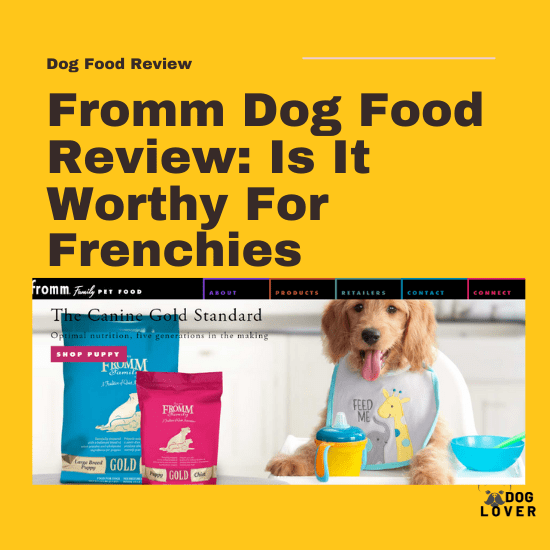The History of dog food dates back to 1860.
The industrial revolution in the 19th century came with more money for families.
The families started keeping dogs as companions. Initially, dogs were seen as working animals.
Read through this article to learn more about how dog food evolved.
Pre domestication
Before domestication, dogs ( ancient wolves) were predators and used to hunt in groups. They would kill their prey and consume all the meat. This means they had lots of proteins and fat for strong muscles and energy. The meat gave dogs sufficient calories for physical activities and warmth during cold seasons. The dogs would consume everything, including the bones and organs.
Consuming a bone in modern times is life-threatening. Bones are a choking hazard. In addition, bones can cause blockage. However, the ancient dogs were completely different from our current domesticated dogs, and they had no digestive issues.
They would struggle to digest their prey without getting sick. Their digestive systems had adapted to the type of food they ate. The systems were capable of handling raw meat.
The dogs were also used to bacteria and dirt as they consumed meat without thoroughly cleaning it. Dog food has changed gradually, and the old food is no longer compatible with modern dogs.
Early Domestication
Scientists cannot pinpoint the exact time when dogs were domesticated. Turning the ancient wolves into dogs was gradual, and it took many years. Continuous breeding and adapting finally lead to man and dog living together.
The early dogs were used to digesting meat only. They could not digest anything else. This means they had to hunt prey, or their owner would look for meat to feed them. However, this trend changed gradually since owners could not always provide raw meat for their canine friends.
It was hard getting hold of raw meat every day, and pet owners needed to get a cheaper and easy-to-find diet. Early research suggests that the domesticated dog’s digestive systems slowly adapted to sugar and starch. Soon the dogs would eat leftovers from their owners’ plates. This leads to full adaptation to chewing and digesting kibble properly.
Commercial Pet Food
Commercial pet food has evolved over the years to what we have today; a highly sophisticated kibble. Here are the evolution stages:
1800s: The Early Years
In the 1800s, dogs relied on table scraps. Human beings used to keep their leftovers for dogs. The dogs would consume the same food as humans and get all their nutrients from human food. The dogs had no health problems resulting from eating human food.
In 1860, an electrician named James Bratt developed the first commercial pet food. James saw dogs eating leftover biscuits that the sailors had thrown away on his way to the United States. The biscuits were made of water, flour, and some salt.
Sailors used to rely on the biscuits on their long journeys. James reasoned that pet owners also need longer-lasting dog food. He left his electrical job and started making dog biscuits. However, he never disclosed the origin of the meat in the biscuits.
In 1870, James did an aggressive campaign targeting the rich health-conscious pet parents. The advertisement led to dog owners doing away with leftovers. Bratt also introduced the concept of life stages.
The 1900s: A New Market
Wartime & the Can
The 1900s brought lots of competition, and the number of pet parents grew. This raised the demand for dog biscuits. As time went by, dog owners wanted something with a longer shelf-life. And in 1922, canned food was born. The food was made of horse meat.
By 1941, canned food was so popular that manufacturers kept horses for dog food production. However, the canned food had some downsides; the expiration dates came earlier than expected, and the ongoing world word led to rationing.
Domestic production went down, and most resources were diverted to the military. This made it hard to ship and store canned food. Animal lovers also began complaining about the large number of horses being killed.
This made it necessary to invent something better. In 1956, the first kibble was manufactured through a process known as extrusion. This process involves mixing dry and wet ingredients to form a dough.
The dough is put into an expander machine and cooked using high pressure and high temperatures. The resulting product then passes through a machine that cuts it into smaller pieces, known as kibble.
Extrusion became popular in the 1960s and 1970s as many producers crafted different varieties and flavors. In 1964, the pet food institute carried out many campaigns claiming kibble is the best food. By the 1980s, hill’s pet introduced prescription kibble and diversified by the 1900s to produce kibble for different activity levels and weight control.
The 2000s – today: The Next Frontier
Setting high standards
Around 2002, every country globally had regulations guiding the pet food sector. In Uk, the European Pet Food Industry Federation came up with the 2002 food law.
The rules and regulations were given to ensure that your dog’s food is safe. The rules have been evolving to tighten how much dog food manufacturers can get away with. These guidelines were updated in 2018, so they are constantly changing.
Establishing the nutritional requirements
In 2006, the National Research Council released a new guide on the nutritional requirements of pets. In 2008, this guide was published by the European pet food industry ( FEDIAF). This guide differs from the 2002 legislation as it deals mainly with the nutrients that should be in a dog’s food rather than the safety standards.
The introduction of this guide led to pet food manufacturers adding more ingredients to offer complete and balanced nutrition. The manufacturers added other important nutrients to support your dog’s overall health. These nutrients include probiotics, fiber, and fish oil.
Pet food manufacturers started adding vegetables and fruits to their formulas. The current update for this guide dates back to 2019. The foods have evolved from pure meat content to a well-balanced diet with all essential nutrients.
The NRC and FEDIAF partner to guide pet food manufacturers on allergies, senior stage requirements, and puppy needs.
2022 and beyond
Today, extrusion is still applicable. Pet food manufacturers are still using the extrusion method. The ingredients are added together and then cooked under extremely high temperatures. They are then dried to remove moisture.
Wet food in cans or pouches is also readily available for pet owners to choose the best. There is a wide range of products to choose from. The market offers various dog foods for activity levels, breed, health conditions, and life stages. All these have resulted from the high competition among pet food manufacturers. Each producer wants to gain customer loyalty and hence tries to incorporate various products.
The regulatory bodies are also not relenting. They work hard to ensure your dog’s food is crafted according to the AAFCO standards and guidelines. Although modern food is not natural, your dog’s digestive system has adapted to the changed diet. Dogs can now consume a mix of vegetables, fruits, and meat. Their digestive systems can no longer do what they did during the pre domestication period.
And the inventions of dog food do not stop there. Nowadays, dog food companies, including Ollie, make fresh dog food using raw ingredients to mimic your dog’s ancient meals. Other innovations include bespoke dog food packages, freeze-dried dog food, and dehydrated dog food.
Human-grade ingredients are also another remarkable step towards improving the pet foods industry. Human-grade dog food is foods made using human-edible ingredients. The foods are made in facilities that are fit for human food production.
Pet food companies are customizing your dog’s food according to its unique needs. You just order the food and give them your dog’s unique characteristics. In addition, you do not need to physically visit pet food stores as most manufacturers nowadays sell their products online. Others can deliver the food to your doorstep.
History of dog food timeline
Here’s a tabular representation of dog food evolution:
| Year | Notable invention |
| 1200 | Medieval dog food. |
| 1770 | First appearance of the word pate in a French dictionary. The author stated that dogs could eat a mixture of bread crumbs and meat with little moisture. |
| 1860 | Birth of the dog food industry. |
| 1908 | The biscuit formula improved. |
| 1922 | Introduction of canned food. |
| 1925 | Dog Meal introduced. |
| 1956 | Introduction of dry dog food ( kibble). |
| 1964 | Introduction of Pet Food Institute and Pet Food Manufacturers Association. |
| 1982 | Feeding Stuffs Regulations and introduction of Nutritional requirements. |
| 2002 | FEDIAF animal feed legislation |
| 2006 | Introducing the nutritional needs of dogs |
| 2022 and beyond | Dog foods are based on activity levels, health conditions, and breed. Use of human-grade ingredients, fresh dog foods, dehydrated dog foods, and freeze-dried dog foods. |
What did dogs eat before there was dog food?
Dogs used to hunt prey and eat their kill. They would consume the whole carcass after killing it. After domestication, dogs used to eat table scraps. They depended on leftovers from human plates.
What is the oldest brand of dog food?
The oldest brand of dog food is Spratt’s. The food was called Spratt’s Meat Fibrine Dog Cakes and was made up of beetroot, blended wheat, vegetables, and unsalted parts of prairie beef.
How did they make dog food?
The dog food was made by mixing beetroot, vegetables, blended wheat, and beef blood. When they were well-mixed, the ingredients would be baked until they hardened to form dog biscuits.
When did grain-free dog food start?
Grain-free dog food has been around for more than a decade. Grain-free formulas are best for dogs with grain allergies and other food sensitivities. However, the FDA has linked grain-free foods to cardiac problems.
Summary
Dog food has evolved from the raw meat that resulted from hunting to the now sophisticated formulas, including dehydrated options. Humans played a critical role in the evolution of dog food.
Early pet parents introduced table scraps to their dogs. The father of dog food James Bratt, who introduced the first dog biscuit, created a great foundation for other pet food manufacturers.
The dog food industry is growing quickly from simple ingredients like wheat, beetroot, beef, and vegetables to the more complex ones, including dehydrated meats and healthy supplements.
Modern dogs are consuming foods made with human edible ingredients. There is an emerging trend for fresh and raw dog foods. We know other innovations in the pet food industry are coming. Stay tuned for any recent updates.



